First – some cynicism on what is otherwise a noteworthy announcement. It’s hard to imagine that it’s spontaneity that led to a fairly significant viewer upgrade a day after laying off 30% of its staff. It’s a move that will be seen through by a lot of Second Life residents for what it is: a carefully planned PR exercise to take the focus off the cutbacks whilst emphasising it’s ‘business as usual’.
On to the detail: aside from a bunch of bug fixes, the flagship for 2.1 beta, is the availability of voice morphing. For an extra fee of L$750 per month you can buy a pack of five voice morphs, with five different packs available. It’s a feature that will go down a treat with a lot of Second Life users and a lot will pay for the privilege – though the Lab obviously forecasted the revenue wouldn’t be enough to cover their wages and salaries bill as it existed a week ago.
You can download the alpha version now. Of course, I’m not sure how you have a 2.1 betaalpha before a 2.01 release version is on the horizon, but maybe that’s just me. I did try checking out Voice Island but was just given an error – either because it’s full or because I tried accessing it from an older Viewer version.
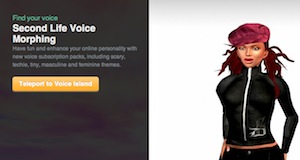

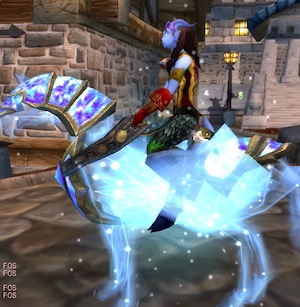
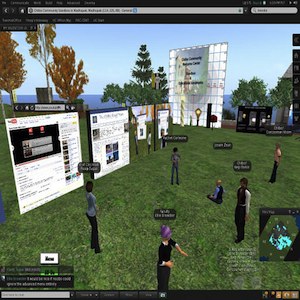
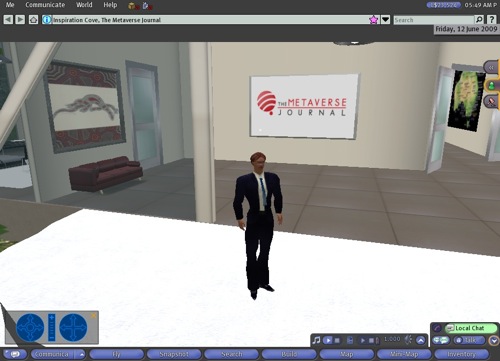
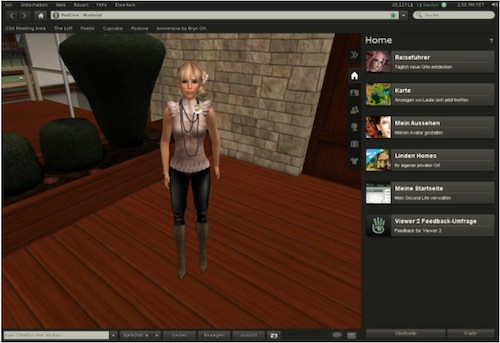
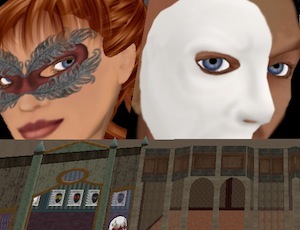
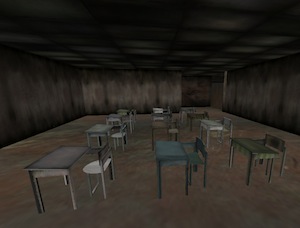
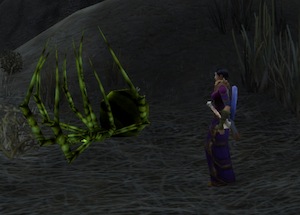 1. The announcement of
1. The announcement of
Recent Comments